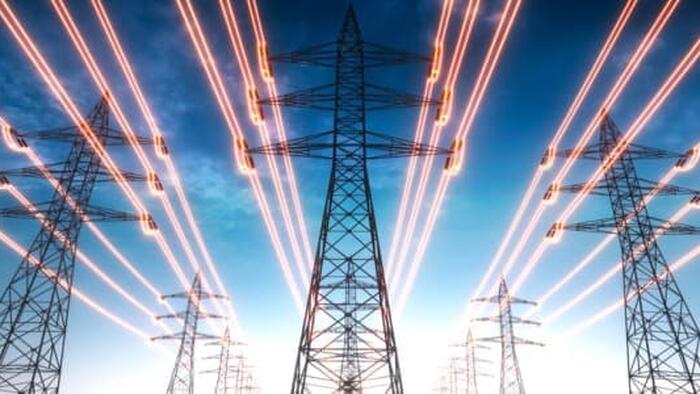India is embarking on a significant enhancement of its power transmission system, anticipating an investment influx of $109 billion. This initiative is essential for accommodating the integration of renewable energy sources and storage solutions as outlined by the Ministry of Power. The country’s National Electricity Plan (Transmission) sets ambitious goals, including the addition of hundreds of thousands of kilometers of new transmission lines, increased transformation capacity, and improved inter-regional transmission capabilities by 2032. The commitment reflects India’s determination to transition towards a modern energy framework that can sustain its growing energy needs driven primarily by renewable sources.
The ambitious target set by India includes installing 500 gigawatts (GW) of renewable energy capacity by 2030 and surpassing 600 GW by 2032. According to the Power Minister Manohar Lal, the nation is bracing for a substantial increase in electricity demand, projected to reach 708 GW by 2047. To fulfill such increasing demand, India must quadruple its current power capacity. Emphasizing the transformative nature of this endeavor, Lal asserted that the plans extend beyond merely increasing capacity; they entail a comprehensive reimagining of the nation’s energy landscape.
The push towards expansive renewable energy aligns with India’s broader goals of mitigating climate change, which includes a commitment to reduce carbon emissions by one billion tons by 2030 while aiming for net-zero emissions by 2070. These targets are integrated into the National Electricity Plan, signifying the government’s unwavering resolve to promote sustainable energy sources and practices. The increased focus on renewables demonstrates a concerted effort to pivot away from fossil fuels and dependency on non-renewable energy resources.
Financial backing is critical to achieving these ambitious goals. Notably, last month, Minister for Renewable Energy, Pralhad Joshi, announced that financial institutions have made substantial investment commitments totaling $386 billion aimed at bolstering the renewable energy sector in India. This infusion of capital is crucial to support the anticipated construction and expansion of power generation facilities that will enable the country to meet its renewable energy targets. The goal demands a robust installation of at least 44 GW of clean energy capacity each year as the decade progresses to achieve the 500-GW target by 2030.
The commitment to renewable energy is bolstered by active participation from various stakeholders, including state authorities, developers, manufacturers, and financial institutions. At the annual Renewable Energy Investor’s Meet and Expo, Joshi acknowledged the overwhelming support received from different sectors, providing a sense of optimism regarding the renewable energy landscape in India. Prominent players in the industry are joining the effort, with conglomerates like Reliance Industries and Adani Green Energy committing to substantial renewable capacity additions.
Reliance Industries has pledged an impressive commitment of 100 GW of renewable energy capacity, while Adani Green Energy has promised to develop 38.8 GW. Such significant corporate investments reflect a growing recognition of the potential in renewable energy and the necessity of transitioning toward sustainable energy solutions. Collectively, these developments illustrate India’s dedicated pursuit of renewable energy expansion and infrastructural growth, aiming to reshape its energy framework while fostering economic growth and meeting global climate obligations.

